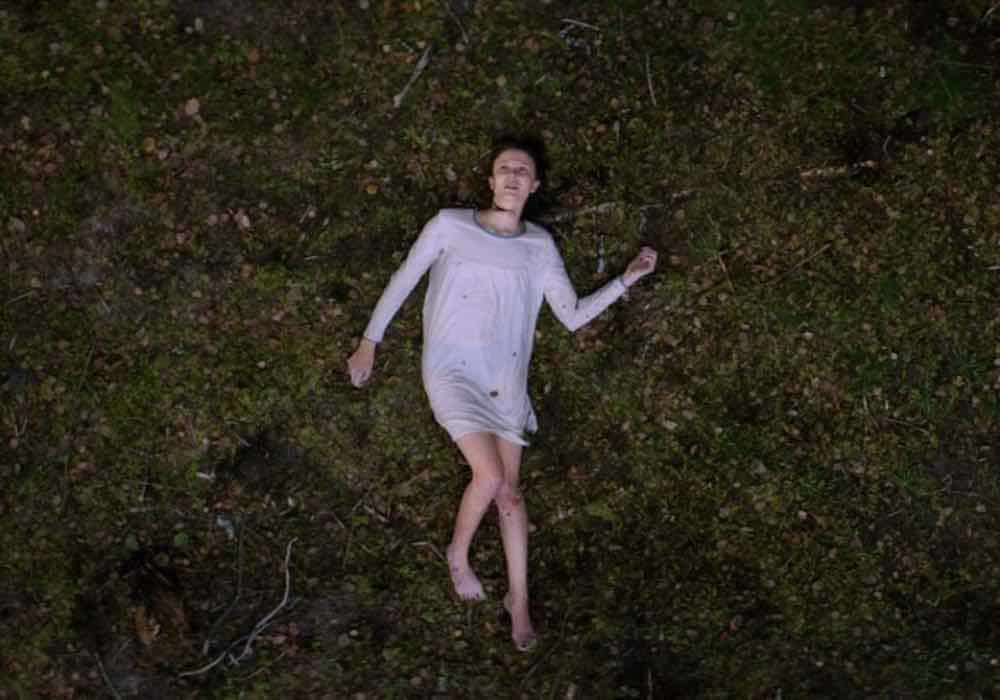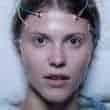In this interview, director Joachim Trier discusses Thelma, the dynamic between the subjective and objective gaze, portraying a dysfunctional father-daughter relationship, and the stylization of his first genre film.
This is an excerpt of the interview which appears in our case study on Thelma in the ebook Beyond Empowertainment: Feminist Horror and The Struggle for Female Agency, which is available for purchase here.

Norwegian director Joachim Trier makes his genre film debut with Thelma, his fourth feature and his first to feature a female protagonist. Thelma (Eili Harboe) is a young woman from rural Norway who has moved to Oslo to pursue studies in biology at university. When she falls in love with a classmate, Anja (Kaya Wilkins), it awakens supernatural powers that had hitherto been held in check. Her religious upbringing and close relationship to her father (Henrik Rafaelson) means that she tries to suppress these feelings to disastrous effect.
We talked to director and co-writer Joachim Trier about the making of the film and collaborating with the team he’s worked with on all of his films, including his co-writer Eskil Vogt, cinematographer Jakob Ihre, editor Olivier Bugge Coutté, and sound designer Gisle Tveito. We also discussed the similarities between Thelma and his previous films — Reprise (2008), Oslo, August 31st (2011), and Louder Than Bombs (2015) — and the kinds of genre films he was inspired by.
Seventh Row (7R): How did you approach getting into Thelma’s interiority in the film? In your previous films, you often use montages. In Thelma, it’s more in the nightmares or what goes on as her powers are about to be evoked.
Joachim Trier: It’s a specific kind of mise en scène question about how I’m framing her, how I’m cutting around the different emotions. This is slightly more aligned with my approach in Oslo, August 31st than Reprise and Louder, which are more essayistic, more montage-driven: the presence of a character defines the frame in most of the situations, and there’s linear plot structure around them. The mystery becomes what they’re exposed to — the individual and the space.
I think what we’re playing with in movies, and how you create your vibe or style as a filmmaker, is your relationship and dynamic between the subjective and objective gaze in the movie. In this one, there’s quite a lot of the objective gaze, the all-knowing gaze from above — angles and situations that are not human eye-to-eye that I’ve done in the past. I think that element is a new thing for this one even though a lot of the scenes are very present and close-up driven dynamics of trying to feel and sense Thelma, and being drawn into her interior through that. A lot of that has to do with Eili [Harboe]. It’s about performance and positioning of camera and how we structure the cutting.
I also think there’s another element here that I haven’t done before which is that kind of gaze from another place. I only do it intuitively because I don’t have a language for it. There’s something new going on.
[clickToTweet tweet=”‘What we’re playing with is the dynamic between the subjective and objective gaze in the movie.'” quote=”‘What we’re playing with is the dynamic between the subjective and objective gaze in the movie.'”]
7R: Where did the idea for this ‘gaze from another place’, almost a bird’s eye view, in Thelma come from?
Joachim Trier: Thelma has a more dynamic mise en scène in terms of combining the extremities of claustrophobic subjectivity, or being close to the characters, and regarding them from afar, and being away almost in a paranoid perspective. The viewers are able to see more than Thelma in her surroundings.
The opening shot has the primary relationship of the father and daughter, walking on this vast space on the ice, the clear, frozen lake. There’s two things. One is the paranoid representation that we probably know from Alan J. Pakula and The Conversation by Coppola, this sort of bird’s eye look. You also have it in Hitchcock, almost like it’s pre-empting their destiny or their vulnerability: they’re just like little lambs in a big, vast space.
That also has an existential implication. It’s setting up the idea of destiny and randomness and the feeling of how small humans are in the eyes of a bigger perspective, in the eyes of time perhaps, or if you’re religious, in the eyes of another perspective bigger than humans.
I’m very inspired by filmmakers like Stanley Kubrick or Nicholas Roeg. It’s not only the shots of being from above, but it’s the perspective of looking at humans and their frailty, looking at them in a more philosophical way, not only identifying with them psychologically. I think that combination of the psychological and almost anthropological look at humans manifests itself in some of those shots.


